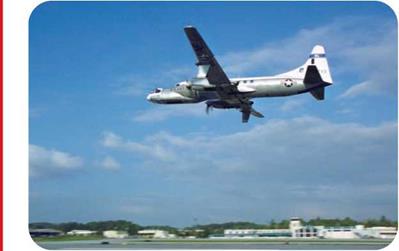Testing and Using SVS



In 1999, synthetic vision was tested in flight by a modified C-131 military aircraft named the Total In-Flight Simulator (TIFS). For the tests, TIFS was fitted with screens to try a variety of different images and data. The research flights were made out of Asheville Regional Airport in North Carolina.



![]() Research pilots using the synthetic vision system reported that they soon forgot they were looking at a computer-generated image and not at the real world.
Research pilots using the synthetic vision system reported that they soon forgot they were looking at a computer-generated image and not at the real world.
System designers are already thinking about other ways in which SVS might be used in the future. One possible application is in air traffic control systems at airports.
Airport traffic controllers work in a control room that looks out across the airport, but some parts of an airport may be obscured by buildings or bad weather. SVS could provide controllers with a clear, computer-generated view of the entire airport in all conditions. Although synthetic vision has been developed for civil aviation, military forces also are interested in the systems. Synthetic vision already has been flight tested in military airplanes and helicopters.
• Air Traffic Control • Avionics
• Cockpit • Global Positioning System • Pilot










